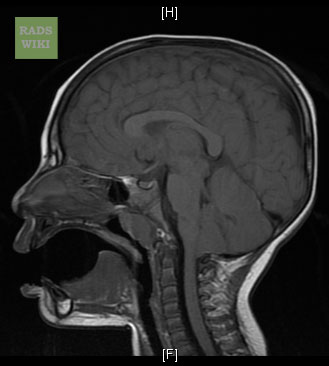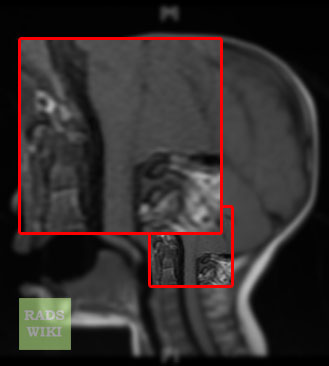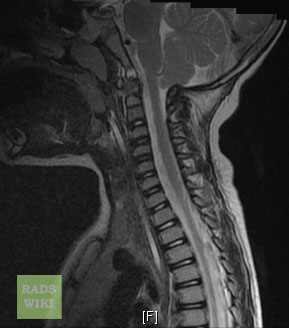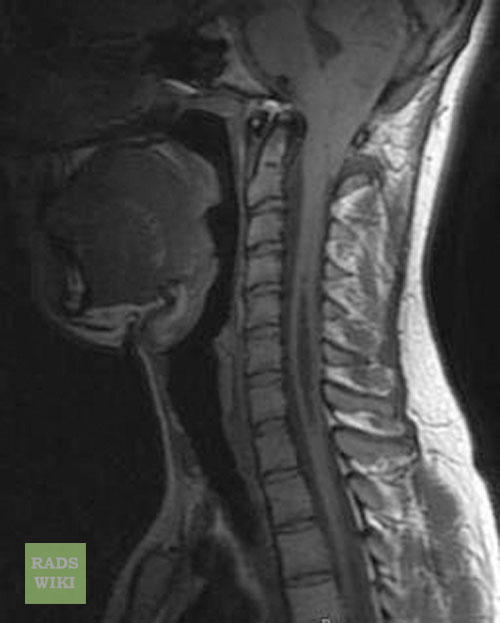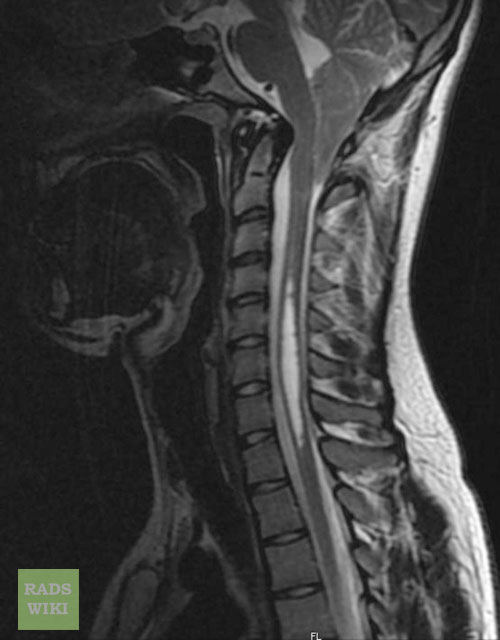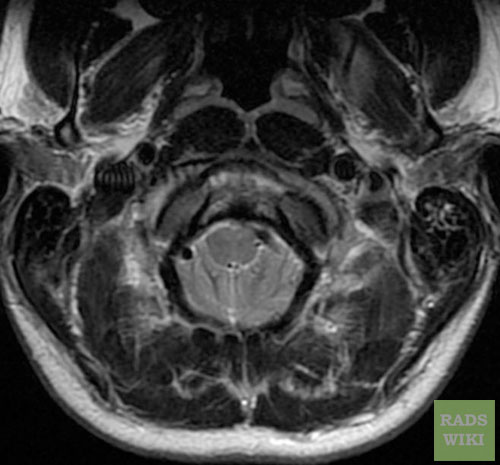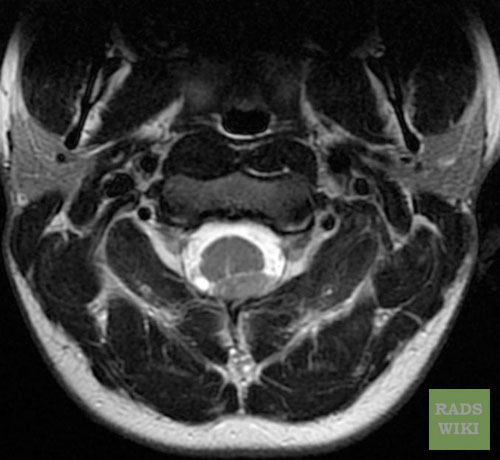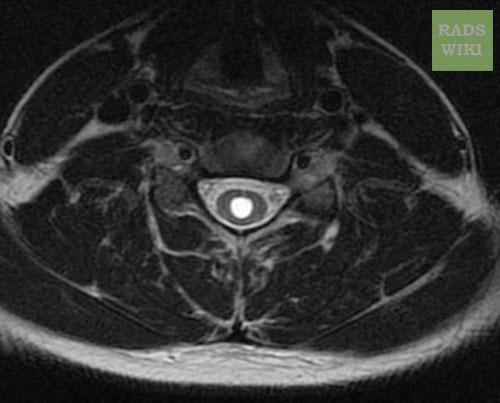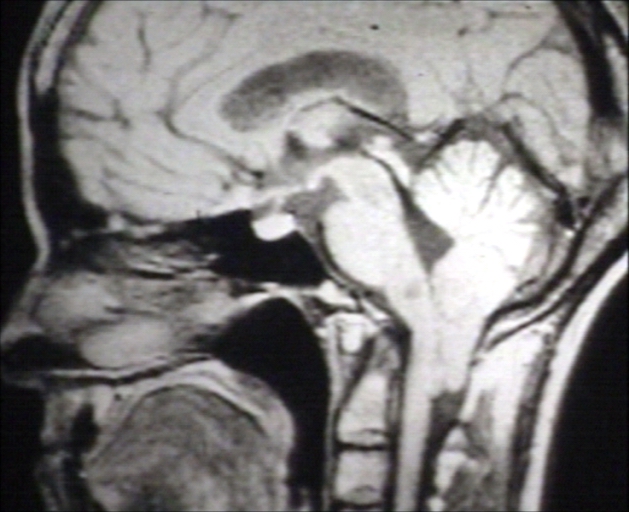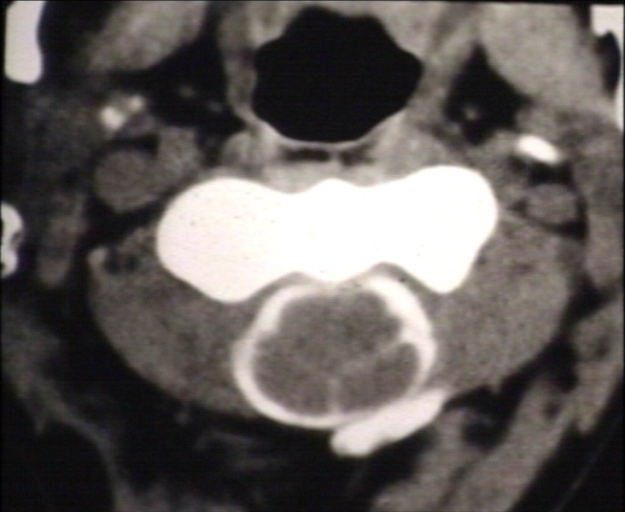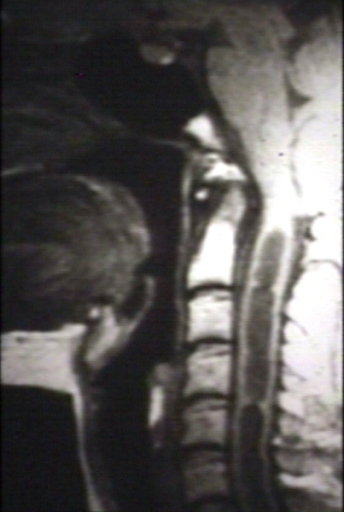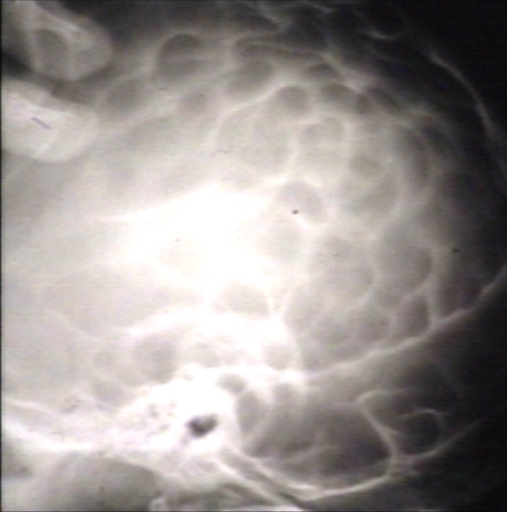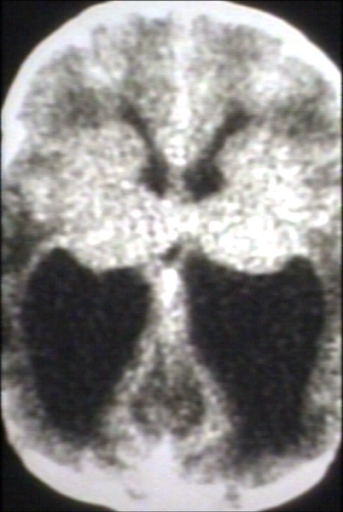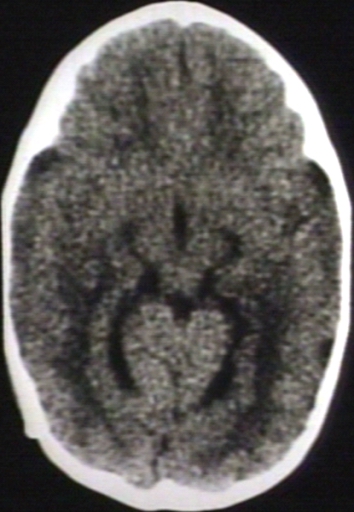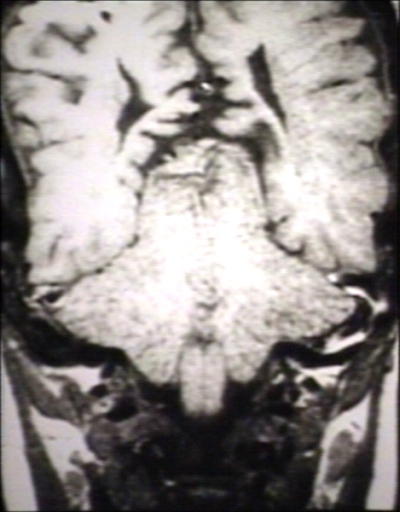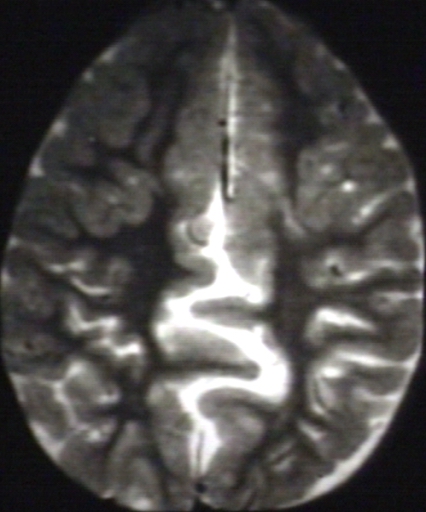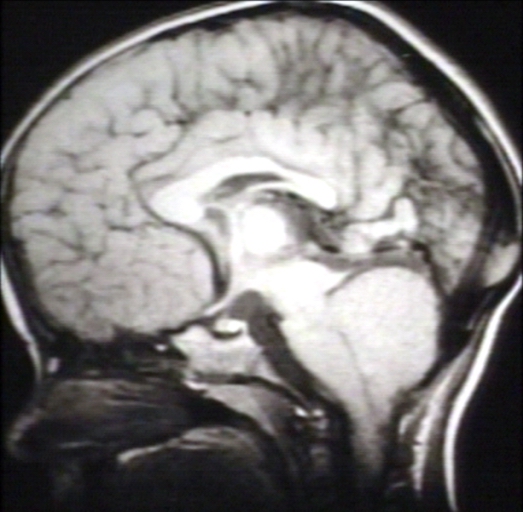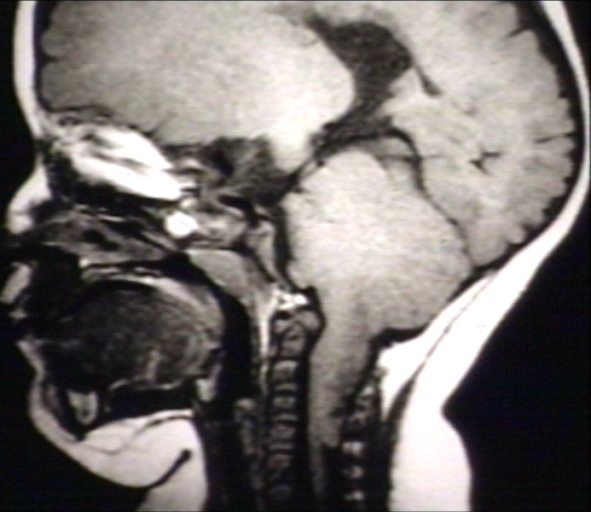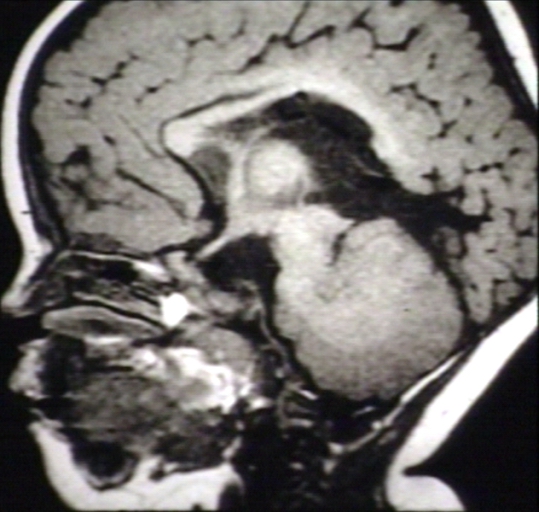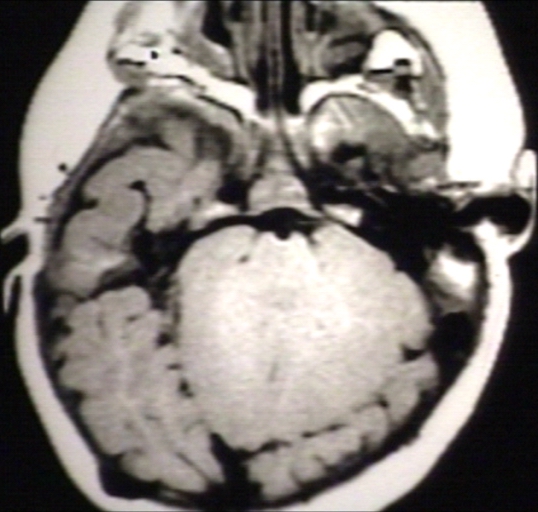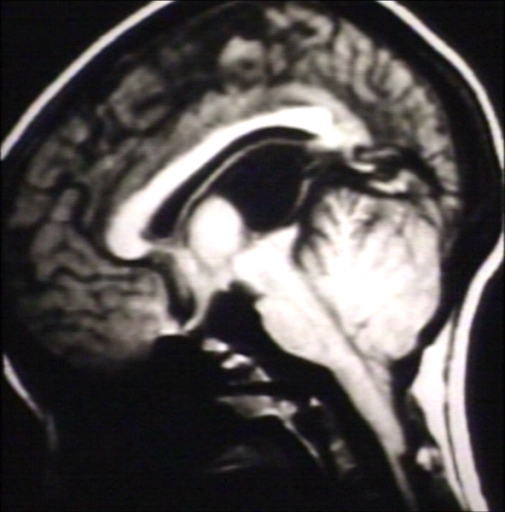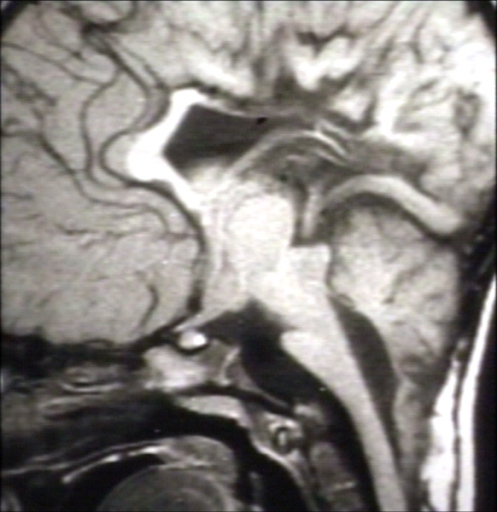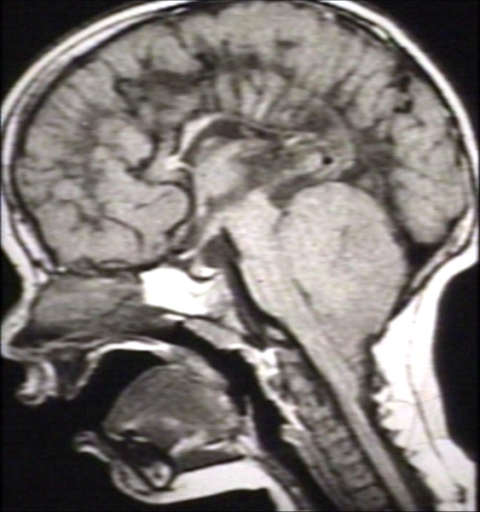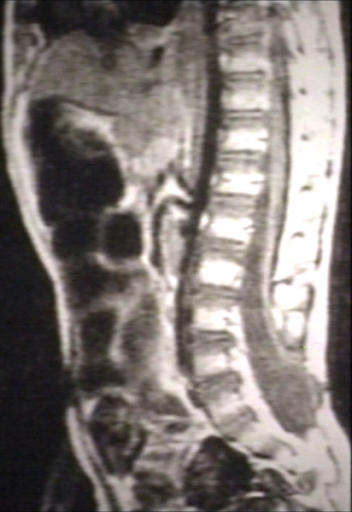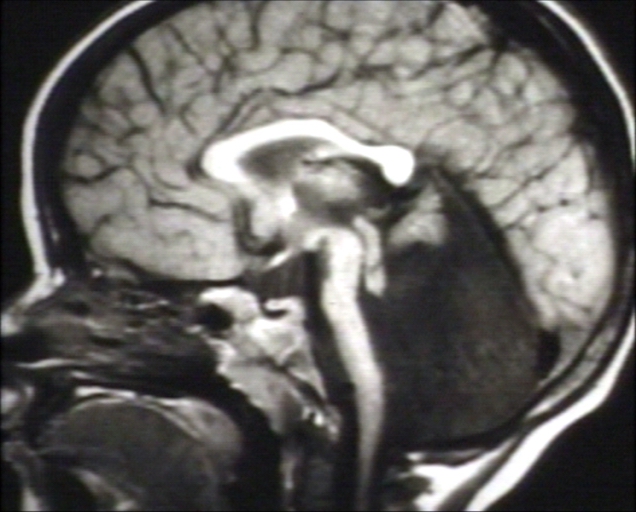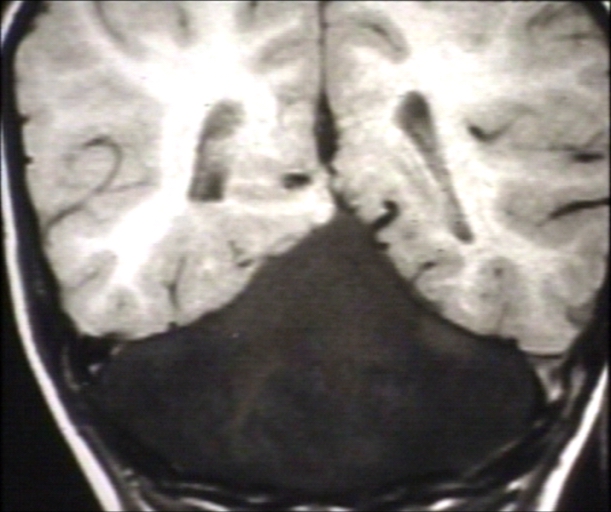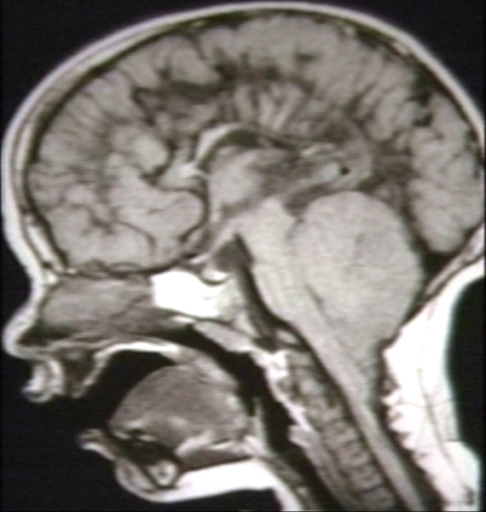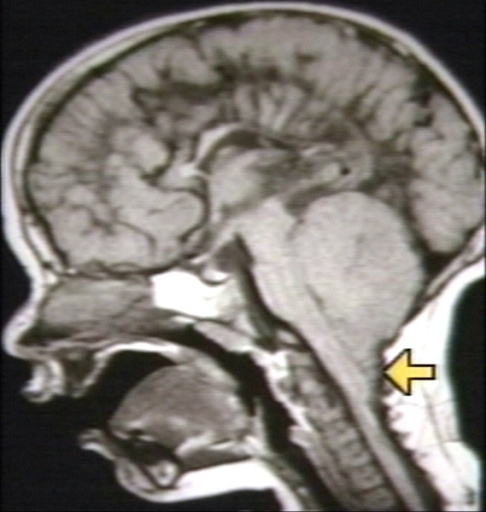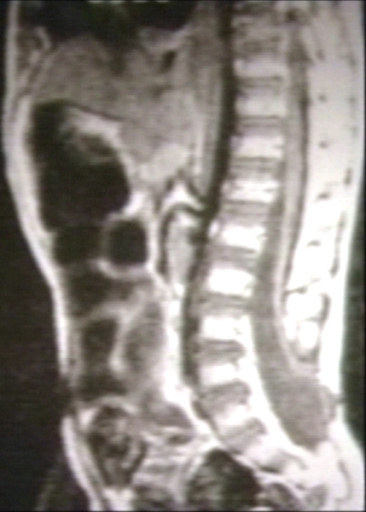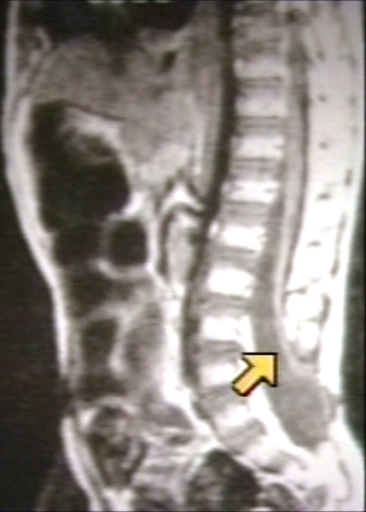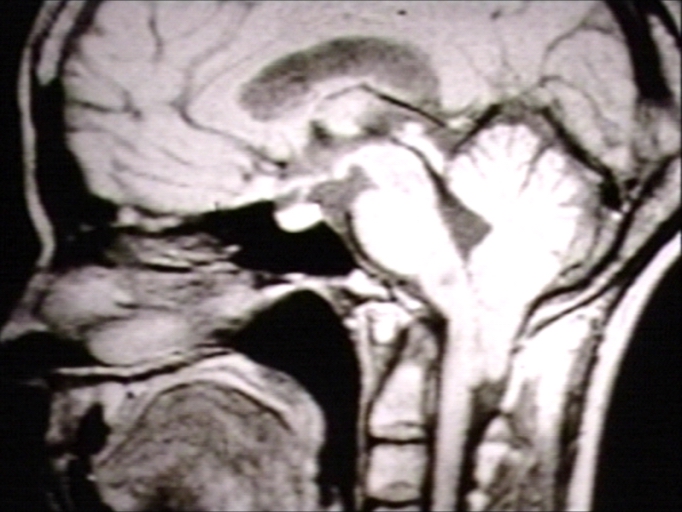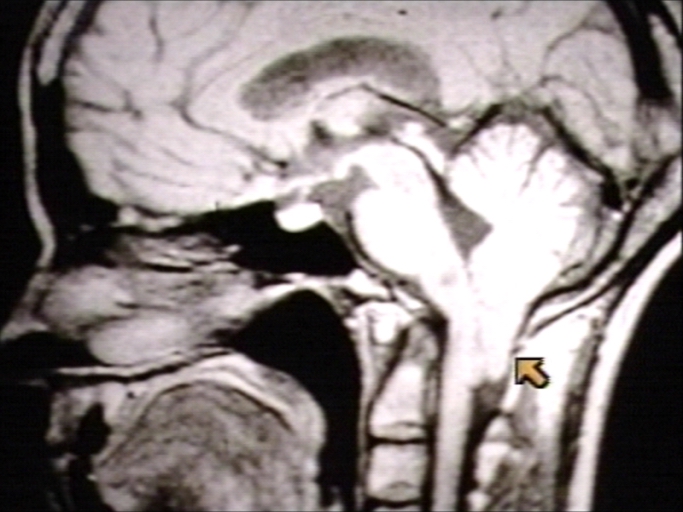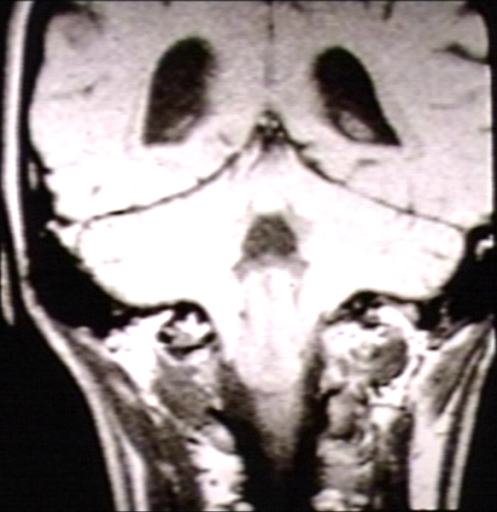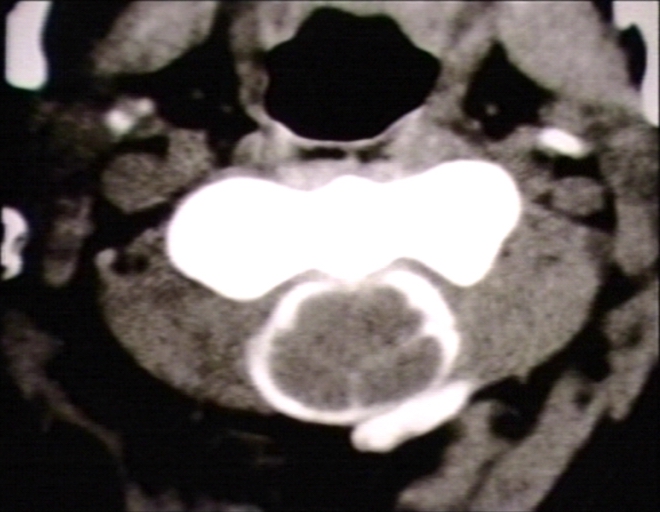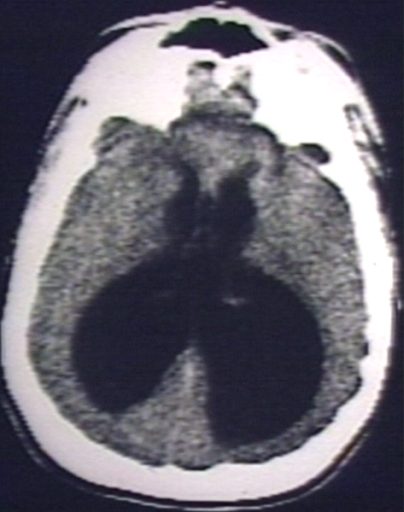Arnold-Chiari malformation: Difference between revisions
No edit summary |
No edit summary |
||
| Line 17: | Line 17: | ||
{{CMG}}; {{AE}}: {{KD}} | {{CMG}}; {{AE}}: {{KD}} | ||
'''''Synonyms and keywords: | '''''Synonyms and keywords:''''' Chiari malformation; ACM. | ||
==[[Arnold-Chiari malformation overview|Overview]]== | ==[[Arnold-Chiari malformation overview|Overview]]== | ||
| Line 30: | Line 30: | ||
==[[Arnold-Chiari malformation differential diagnosis|Differentiating Arnold-Chiari malformation from other Diseases]]== | ==[[Arnold-Chiari malformation differential diagnosis|Differentiating Arnold-Chiari malformation from other Diseases]]== | ||
==[[Arnold-Chiari malformation epidemiology and demographics|Epidemiology and Demographics]]== | ==[[Arnold-Chiari malformation epidemiology and demographics|Epidemiology and Demographics]]== | ||
==[[Arnold-Chiari malformation risk factors|Risk Factors]]== | ==[[Arnold-Chiari malformation risk factors|Risk Factors]]== | ||
Revision as of 13:17, 28 August 2012
| Arnold-Chiari malformation | |
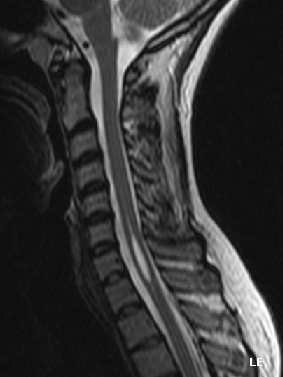 | |
|---|---|
| An uncollapsed syrinx (before surgery). | |
| ICD-10 | Q07.0 |
| ICD-9 | 741.0 |
| OMIM | 207950 |
| DiseasesDB | 899 |
| MeSH | D001139 |
|
Arnold-Chiari malformation Microchapters |
|
Differentiating Arnold-Chiari malformation from other Diseases |
|---|
|
Diagnosis |
|
Treatment |
|
Case Studies |
|
Arnold-Chiari malformation On the Web |
|
American Roentgen Ray Society Images of Arnold-Chiari malformation |
|
Risk calculators and risk factors for Arnold-Chiari malformation |
Editor-In-Chief: C. Michael Gibson, M.S., M.D. [1]; Associate Editor(s)-in-Chief: : Kalsang Dolma, M.B.B.S.[2]
Synonyms and keywords: Chiari malformation; ACM.
Overview
Historical Perspective
Classification
Pathophysiology
Causes
Differentiating Arnold-Chiari malformation from other Diseases
Epidemiology and Demographics
Risk Factors
Natural History, Complications and Prognosis
Diagnosis
Imaging Findings
X ray skull
May demonstrate associated abnormalities of the skull base.
CT
May demonstrate hydrocephalus, herniated cerebellar tonsils, and a flattened spinal cord. Rarely will CT show a syrinx.
MRI
- MRI is the imaging modality of choice to evaluate for a Chiari I malformation. MRI findings:
- Cerebellar tonsillar herniation
- Wedge shaped tonsils
- Syringohydromyelia
- Small posterior fossa
- Obstructive hydrocephalus
- Brainstem anomalies
- Tonsillar displacement is measured from the basion-opisthion line on a sigittal image.
- Herniation is usually at least 5mm, though patients with 3-5mm herniation may also have the malformation.
- MRI CSF flow studies may prove to be helpful and are currently under investigation.
Case Study#1
Images shown below are courtesy of RadsWiki and copylefted
Case Study#2
Images shown below are courtesy of RadsWiki and copylefted
Other Radiologic Findings
-
Brain: Arnold Chiari I; T1 (MRI)
-
Brain CT: Arnold Chiari I with Intrathecal Contrast; WC
-
Brain: Arnold Chiari I, with Hydromyelia of Cervical Spinal Cord; T1 (MRI)
-
Skull: Arnold Chiari II, Skull with Luckenschadel (Plain Film)
-
Brain: Arnold Chiari II, Hydrocephalus (CT)
-
Brain: Arnold Chiari II, 6 months Post-Shunt (CT)
-
Brain: Arnold Chiari II, with Towering of The Cerebellum and Wide Tentorial Incisure; T1 (MRI)
-
Brain: Arnold Chiari II, with Fenestrated Falx Cerebri and Interdigitating Gyri; T2 (MRI)
-
Brain: Arnold Chiari II, with Tectal Beaking and Large Massa Intermedia and Stenogyria; T1 (MRI)
-
Brain: Arnold Chiari Type II with Medullary Spur and Kink (MRI)
-
Brain: Arnold Chiari II, with Hypoplastic Corpus Callosum; T1 (MRI)
-
Brain: Arnold Chiari II, with Cerebellar Hemispheres that Creep Anteriorly Around the Brain Stem; T1 (MRI)
-
BRAIN: ARNOLD CHIARI II (MRI)
-
BRAIN: ARNOLD CHIARI II WITH ELONGATED FOURTH VENTRICLES AND STENOGYRIA; T1 (MRI)
-
BRAIN: ARNOLD CHIARI II WITH HYPOPLASTIC CORPUS CALLOSUM AND STENOGYRIA; T1 (MRI)
-
BRAIN: ARNOLD CHIARI II WITH REPAIRED MYELOMENINGOCELE AND TETHERED SPINAL CORD; T1 (MRI)
-
BRAIN: ARNOLD CHIARI TYPE IV; T1 (MRI)
-
BRAIN: ARNOLD CHIARI TYPE IV; T1 (MRI)
-
BRAIN: ARNOLD CHIARI MALFORMATION II; 1/2 PCMC (MRI)
-
BRAIN: ARNOLD CHIARI MALFORMATION II, HERNIATED CEREBELLAR TONSIL; 1/2 PCMC - ARROW (MRI)
-
SPINAL CORD: ARNOLD CHIARI MALFORMATION II; 2/2 PCMC (MRI)
-
SPINAL CORD: ARNOLD CHIARI MALFORMATION II; 2/2 PCMC - ARROW (MRI)
-
BRAIN: ARNOLD CHIARI MALFORMATION; 1/3 T2 (MRI)
-
BRAIN: ARNOLD CHIARI MALFORMATION; 1/3 - ARROW T2 (MRI)
-
BRAIN: ARNOLD CHIARI MALFORMATION; 2/3 T2 (MRI)
-
SPINAL CORD: ARNOLD CHIARI MALFORMATION; 3/3 (CT)
-
BRAIN: ARNOLD CHIARI MALFORMATION (CT)
Treatment
Surgery
Once these "onset of symptoms" occurs, the most frequent treatment is decompression surgery, in which a neurosurgeon seeks to open the base of the skull and through various methods unrestrict CSF flow to the spine.
This treatment is under observation and review. Decompression is a very taxing surgical procedure and is now, in some circles, disdained in lieu of tethered cord detachment at the base of the spine. Some neurological surgeons find that detethering the spinal cord relieves the compression of the brain against the skull opening (foramen magnum) obviating the need for decompression surgery and associated trauma. It should be noted that the alternative spinal surgery is not without risk.
References
Template:Congenital malformations and deformations of nervous system ca:Malformació d'Arnold-Chiari de:Chiari-Malformation it:Sindrome di Arnold-Chiari
